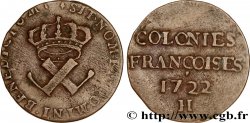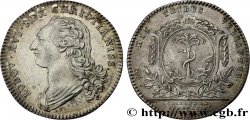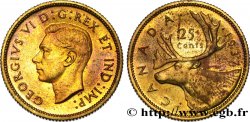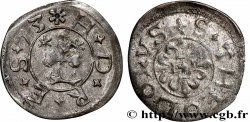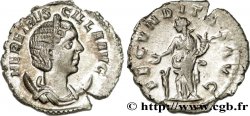Live auction - fwo_458581 - KINGDOM OF THE NETHERLANDS - WILLIAM I Essai en bronze de la 1 Gulden 1818 Utrecht
You must signin and be an approved bidder to bid, LOGIN TO BID. Accounts are subject to approval and the approval process takes place within 48 hours. Do not wait until the day a sale closes to register. Clicking on "BID" constitutes acceptance of the terms of use of cgb.fr private live auctions.
Bids must be placed in whole Euro amounts only. The sale will start closing at the time stated on the item description; any bids received at the site after the closing time will not be executed. Transmission times may vary and bids could be rejected if you wait until the last second. For further information check the Live auction FAQ
All winning bids are subject to a 18% buyer’s fee.
All winning bids are subject to a 18% buyer’s fee.
| Estimate : | 3 000 € |
| Price : | 1 850 € |
| Maximum bid : | 5 000 € |
| End of the sale : | 12 December 2017 18:34:20 |
| bidders : | 2 bidders |
Type : Essai en bronze de la 1 Gulden
Date: 1818
Mint name / Town : Utrecht
Quantity minted : -
Metal : bronze
Diameter : 30 mm
Orientation dies : 6 h.
Weight : 9,2 g.
Edge : incuse
Rarity : R3
Coments on the condition:
La monnaie présente de bons reliefs sous une épaisse patine. Défaut de frappe sur le listel. Coloration rouge cuivreuse
Catalogue references :
Predigree :
Cet exemplaire provient de la descendance directe du graveur Auguste-François Michaut
Obverse
Obverse legend : WILLEM KONING - DER NED. G. H. V. L..
Obverse description : Tête nue de Guillaume Ier à gauche; ancre sous le buste.
Obverse translation : (Guillaume roi des Néerlandais grand-duc de Luxembourg).
Reverse
Reverse legend : MUNT VAN HET KONINGRYK DER NEDERLANDEN. 1818..
Reverse description : Écu aux armes du Royaume couronné, accosté de 1 - G, d'un flambeau et d'un caducée.
Reverse translation : (Monnaie du royaume des Néerlandais).
Commentary
Cet essai en bronze de la 1 Gulden, dont la première année d’émission du type courant est aussi 1818, est référencé mais non coté. Il s’agit là d’un type de la plus grande rareté pour le monnayage néerlandais du début du XIXe siècle.







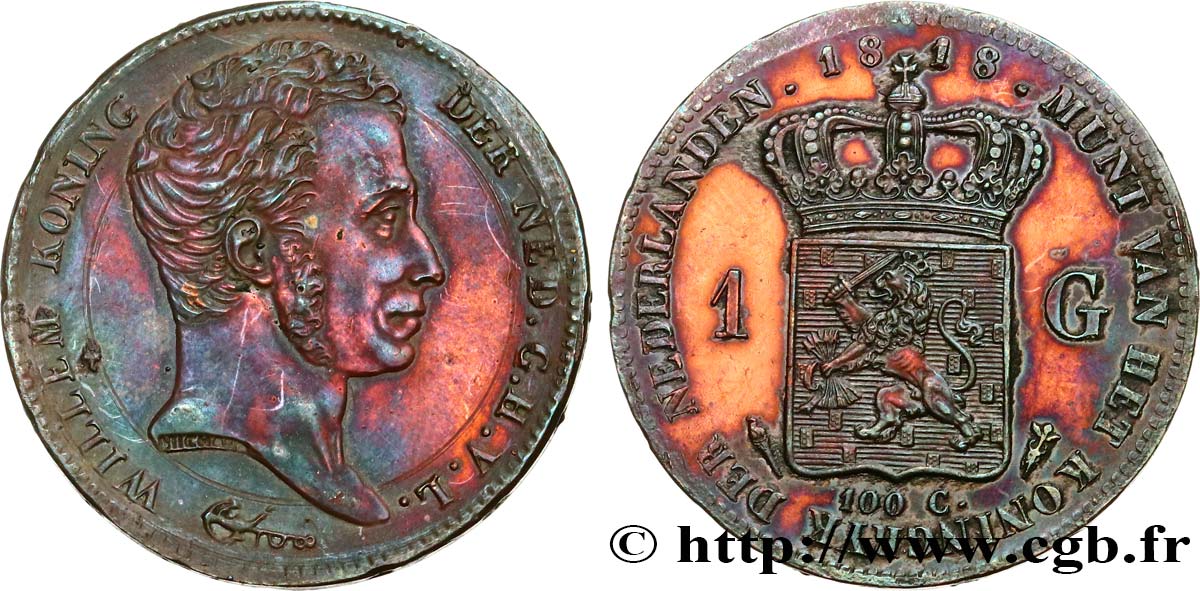
 Report a mistake
Report a mistake Print the page
Print the page Share my selection
Share my selection Ask a question
Ask a question Consign / sell
Consign / sell
 Full data
Full data